Black History Month
During Black History Month, the NAM features Black pioneers and NAM members who have worked tirelessly to benefit the health of others and advance the field of health and medicine in a Twitter campaign. On this page, you will find those featured in this year’s campaign, and those from years past.
We encourage you to share the tweets and graphics below with your networks throughout the year – not just during Black History Month.
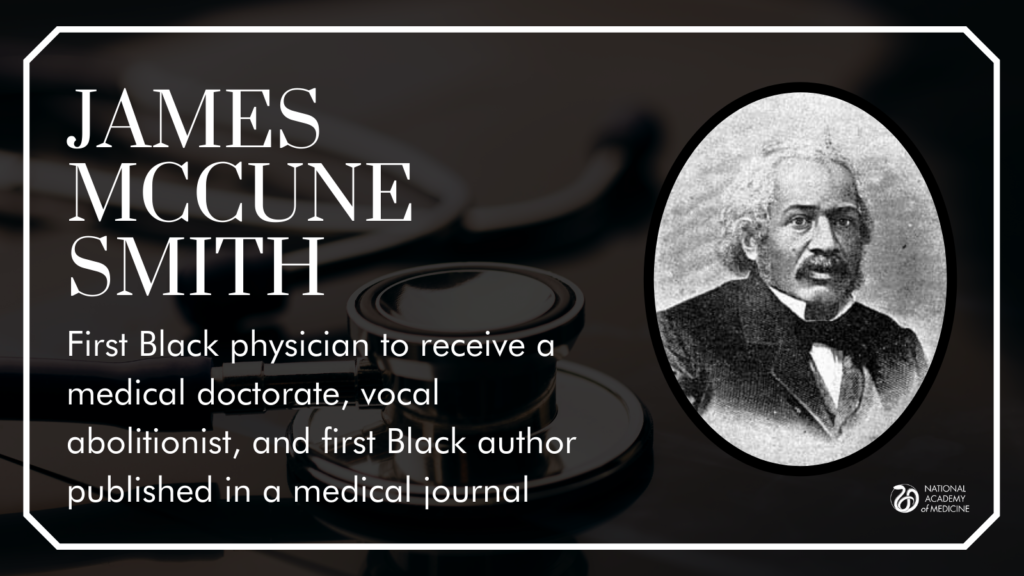
James McCune Smith (1813-1865) was the first Black man to receive a medical degree. Racist policies prohibited him from receiving one in the U.S., so he went to Scotland to study at the University of Glasgow. He also published groundbreaking articles on abolition and women’s rights.
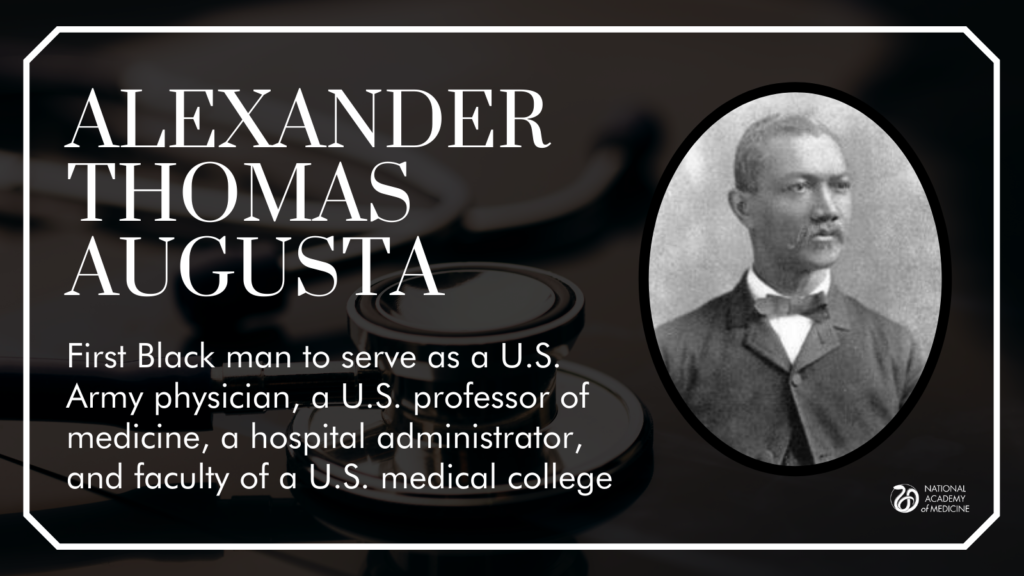
Alexander Thomas Augusta (1825-1890) was the first Black man to serve as a US Army physician, a US professor of medicine, a hospital administrator, member of the faculty of Howard University, and faculty of a US medical college.
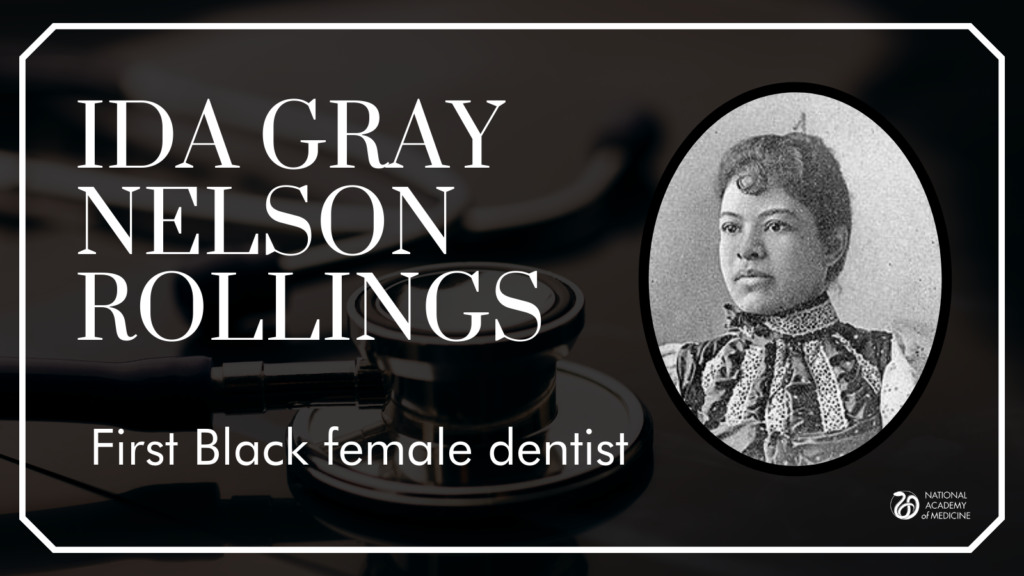
Ida Gray Nelson Rollings (1866-1953) was the first Black female dentist in the US. An orphan, she worked in a dental office part-time, which inspired her to join the profession. She became the first Black person to practice dentistry in Chicago.
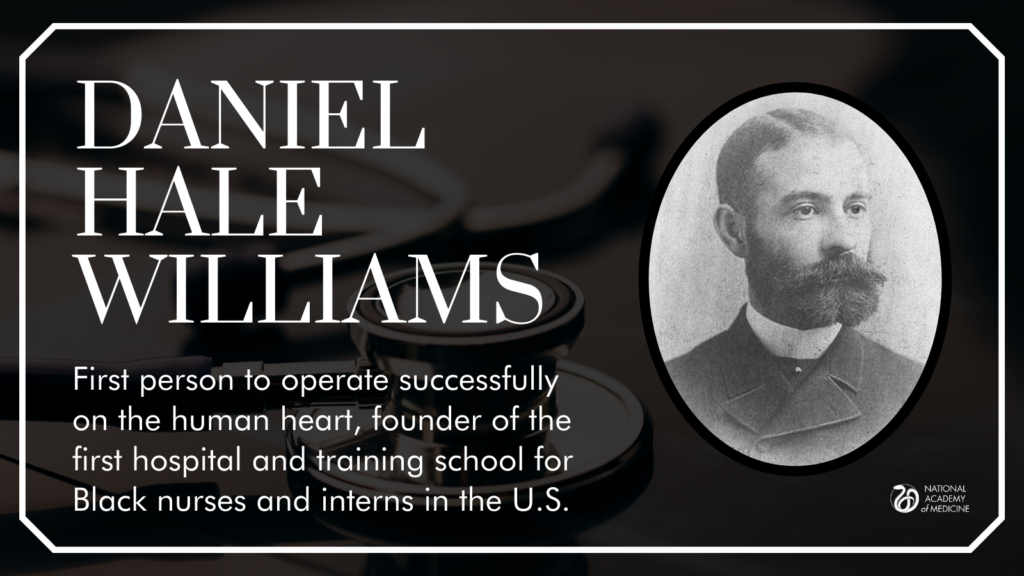
Daniel Hale Williams (1856-1931) was the first person to operate successfully on the human heart, at the hospital he founded, which was the first hospital and training school for Black nurses and interns in the US.
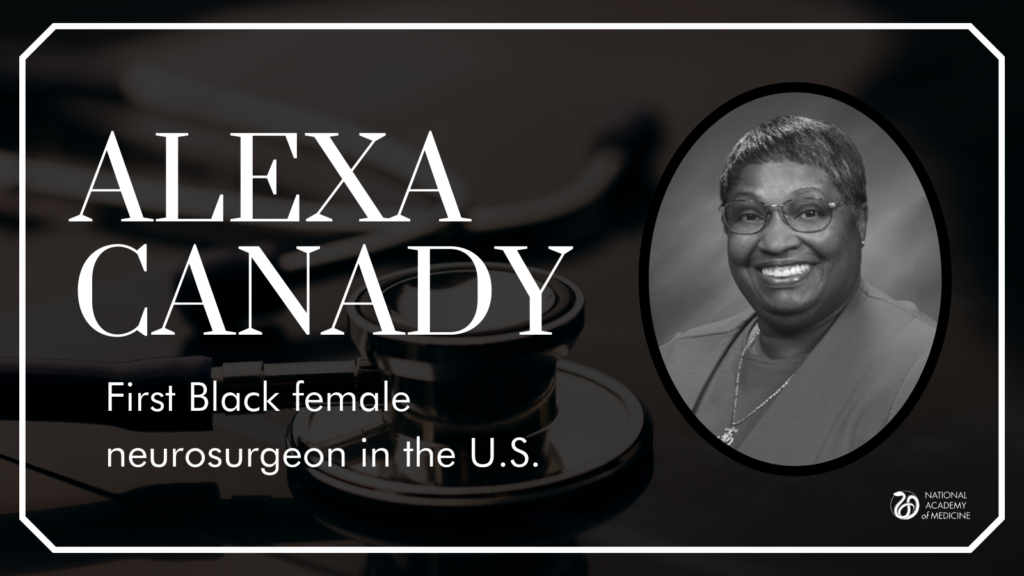
Alexa Canady (1950-present) is the first Black female neurosurgeon. She specializes in pediatric surgery, and has a great regard for patient care: “…it is so important that patients are able to talk to you and not regard you as some deity above them.”
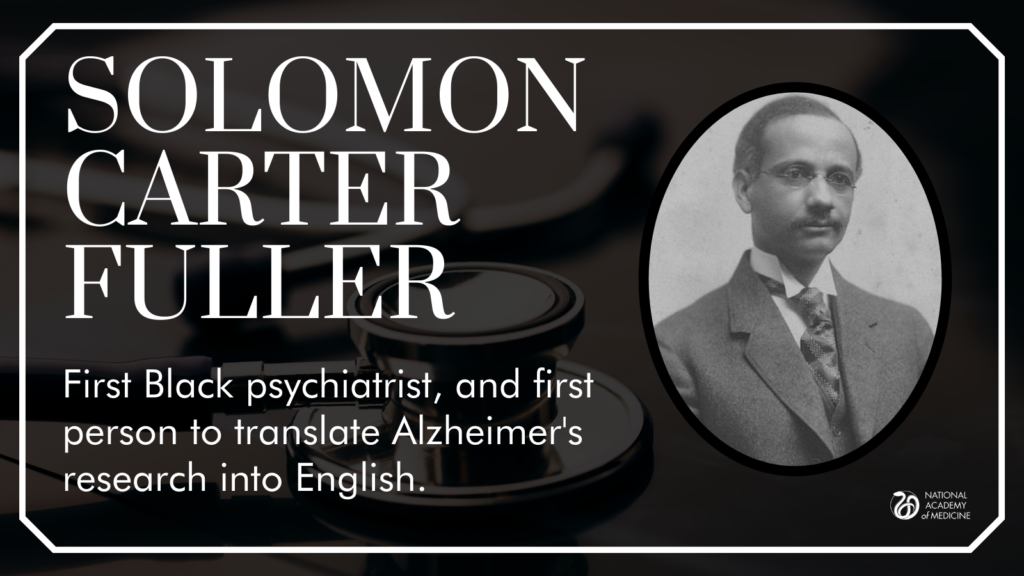
Solomon Fuller (1872-1953) was the first Black psychiatrist to be recognized by the American Psychiatric Association. He pioneered Alzheimer’s research during his career and advanced the study of other neurogenerative diseases.
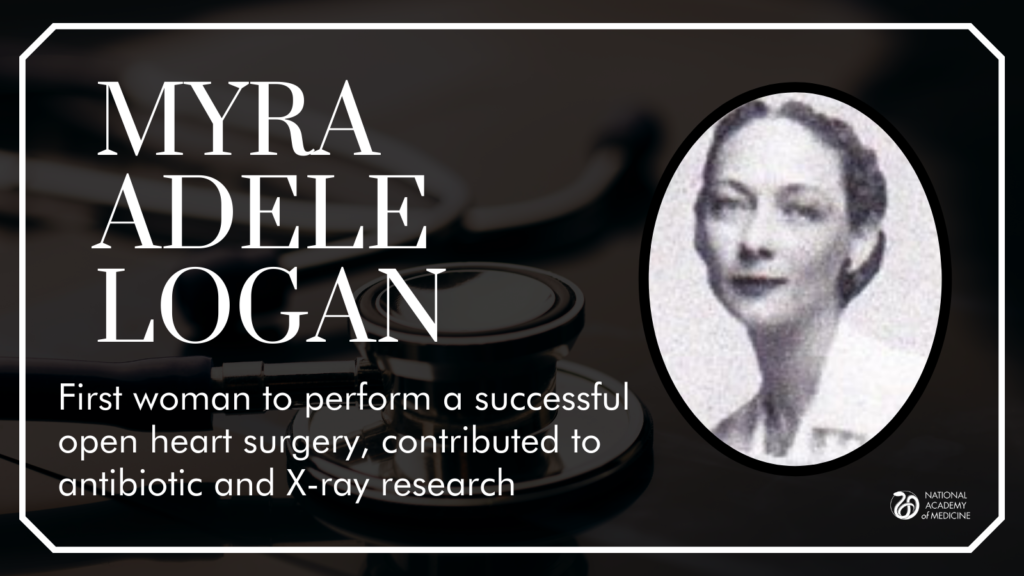
Myra Adele Logan (1908-1977) was the first woman to perform open-heart surgery in 1943. She also developed a slower X-ray process that more accurately detected differences in tissue density, an indication of tumors.
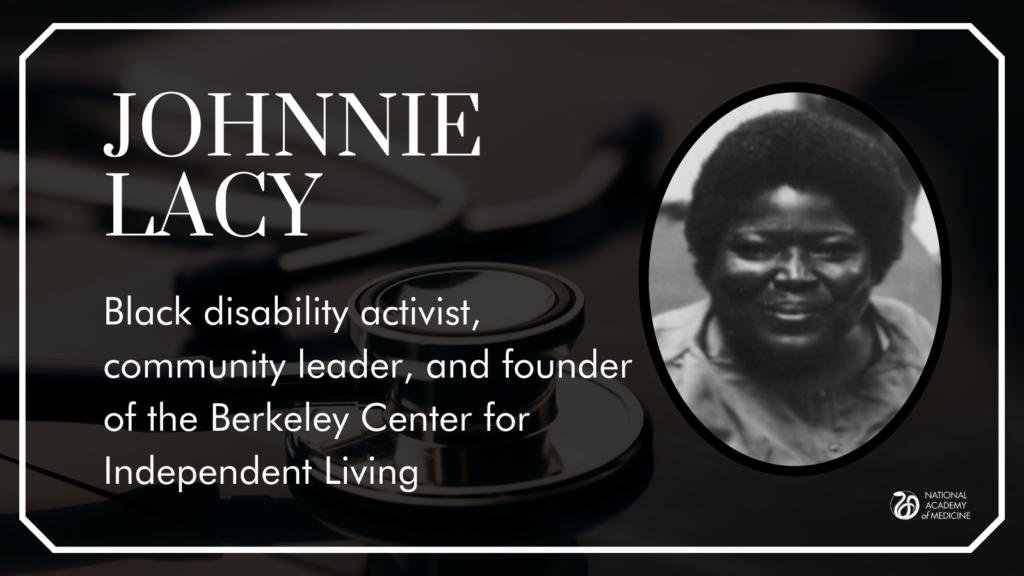
Johnnie Lacy (1937-2010) became a disability activist after she was denied a degree in speech therapy explicitly for being a Black woman with a disability. She led the Independent Living Movement and founded the first Center for Independent Living.
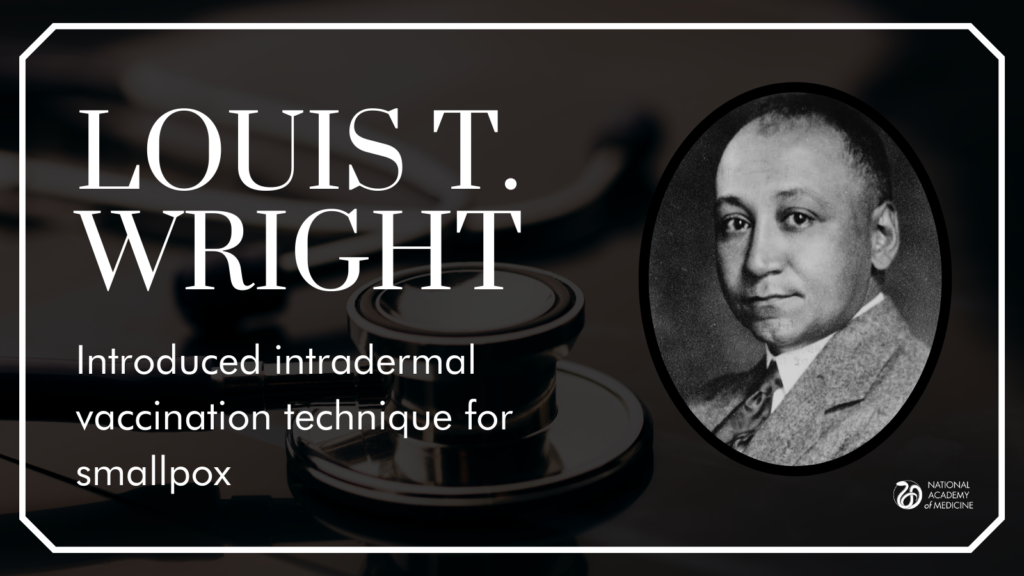
Louis T. Wright (1891-1952) was an American surgeon, inventor, and civil rights activist. He joined the Army Medical Corps as a lieutenant during WWI, where he introduced the intradermal vaccination technique for smallpox.
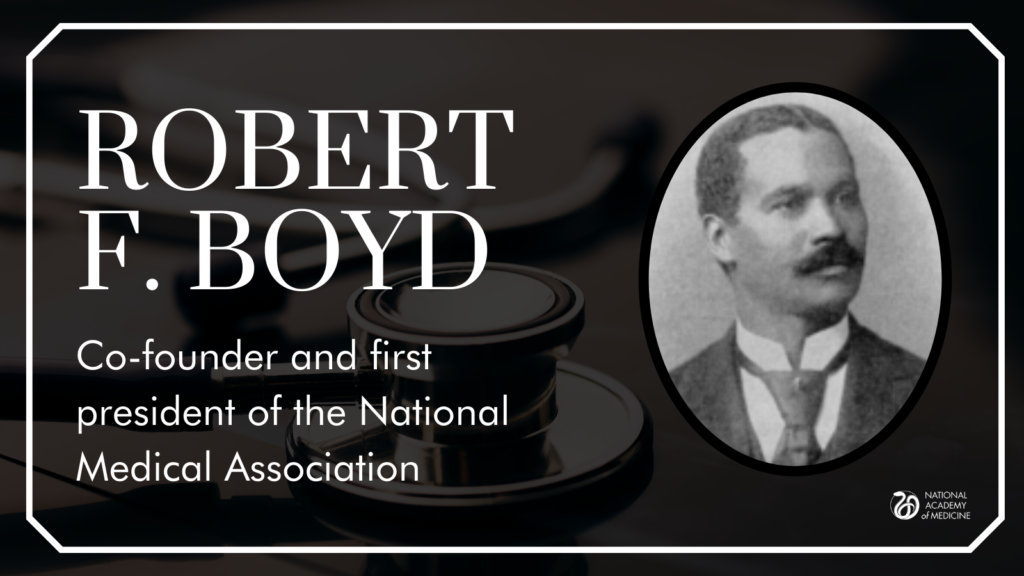
Robert F. Boyd (1858-1912) was a co-founder and the first president of the National Medical Association, the nation’s oldest and largest organization representing Black physicians and health care professionals.
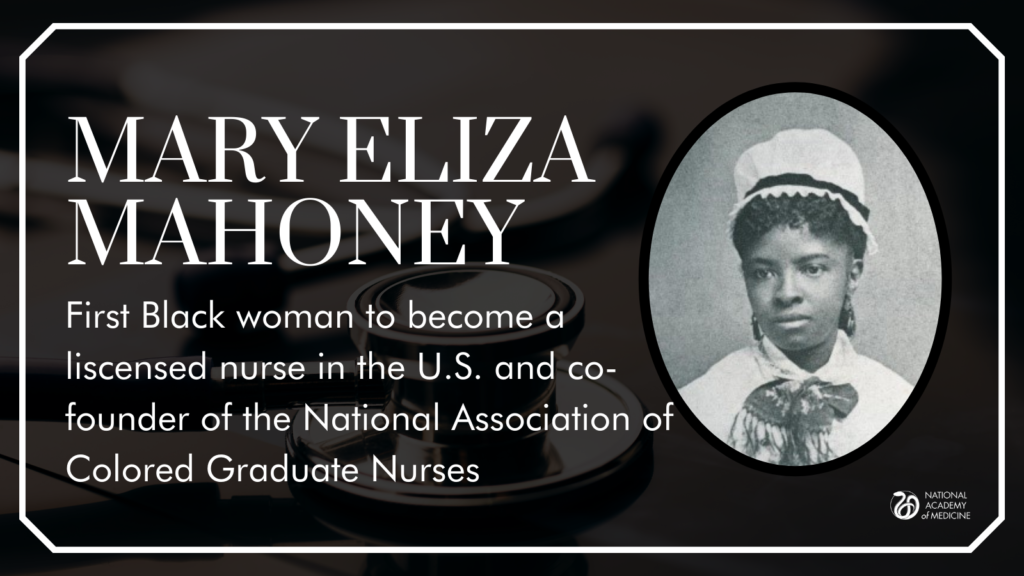
Mary Eliza Mahoney (1845-1926) was the first Black woman to work as a professionally trained nurse in the U.S. She co-founded the National Association of Colored Graduate Nurses in 1908, which worked to uplift the everyday lives of Black nurses.
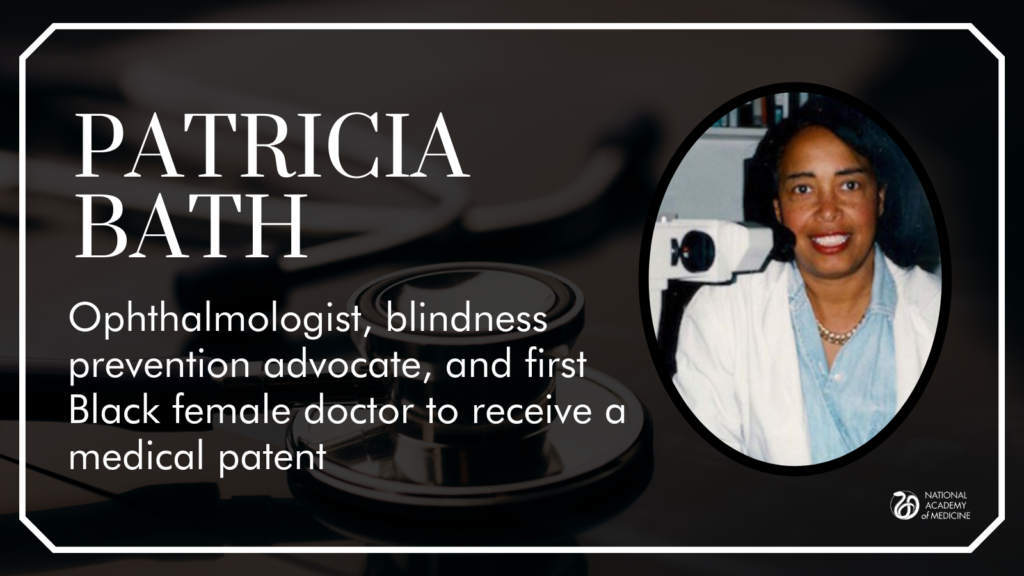
Patricia Bath (1942-2019) was an ophthalmologist who dedicated her life to addressing preventable blindness in marginalized communities. She was the first Black female doctor to receive a medical patent for her invention of a laser cataract treatment.

Mamie Phipps Clark (1917-1983) developed a study utilizing dolls to allow children to verbalize self-identification. This research helped prove that segregation caused psychological harm, and both the study and her results were utilized in Brown v. Board of Education.
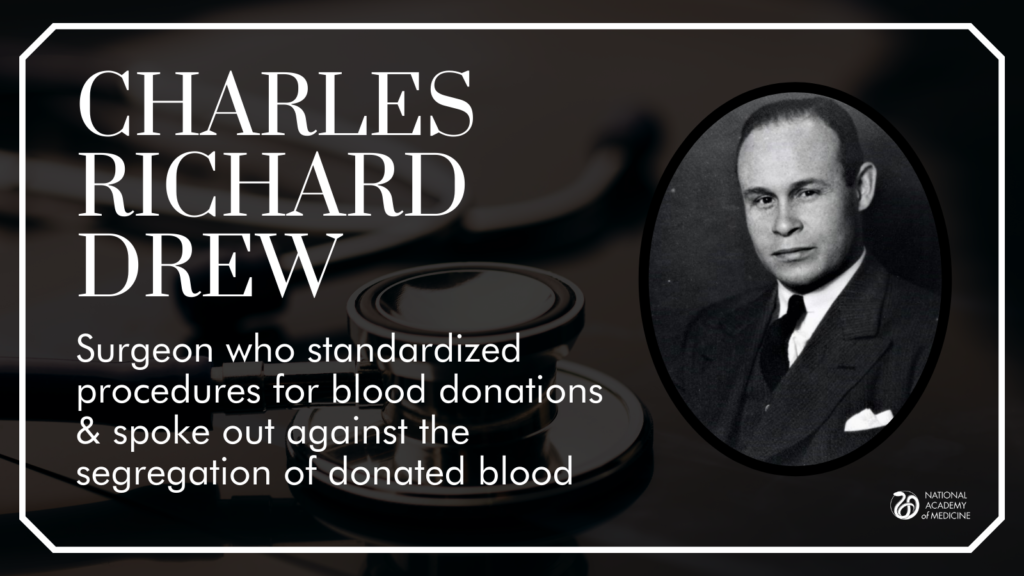
Charles Richard Drew (1904-1950) was a prominent researcher of blood transfusions and helped develop large-scale blood banks that were deployed in WWII. He is also known for opposing racial segregation in blood donation, stating that it had no basis in scientific fact.
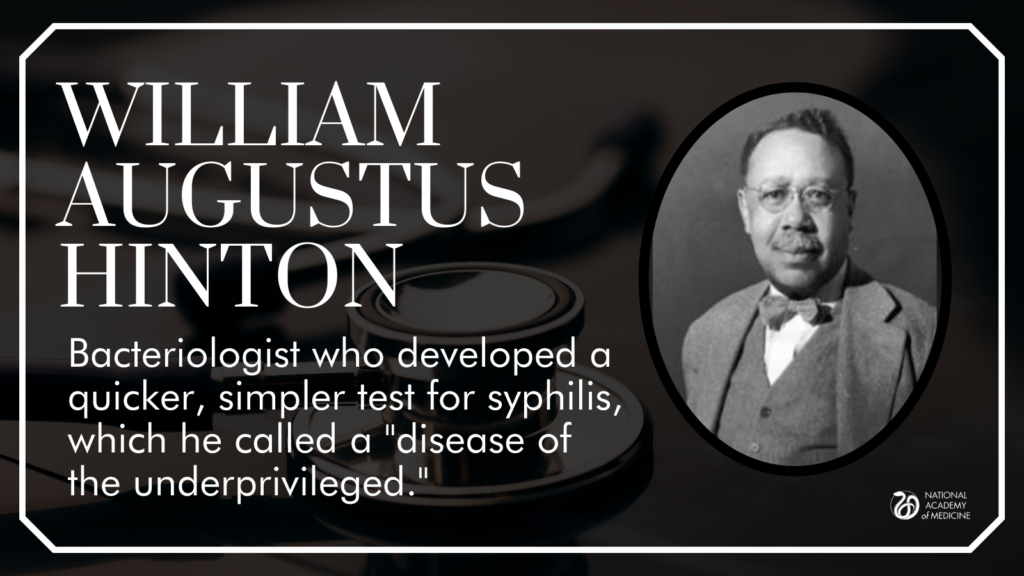
William Augustus Hinton (1883-1959) was the first Black professor at Harvard. He developed a test for syphilis that was incredibly accurate and significantly less painful than prior tests, and was adopted for use by the U.S. Public Health Service.
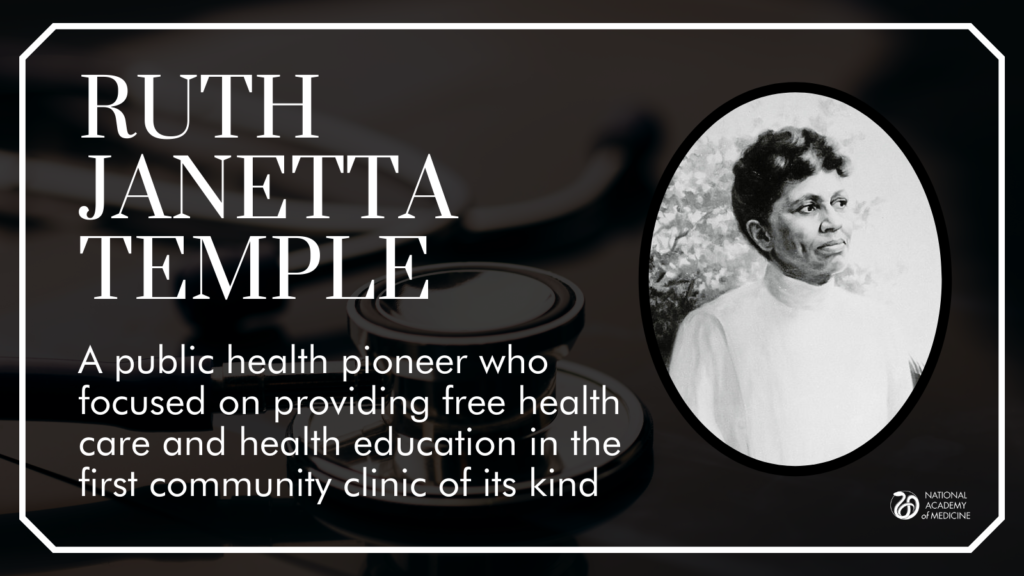
“I thought that women were nurses. When I learned that women were doctors, I said ‘Ah, that’s what I want to be.’” In 1918, Ruth Janetta Temple (1892-1984) opened a clinic for marginalized patients, which became a model for community-based clinics across the country.
We have done our best to report facts and represent the individuals listed above accurately. We acknowledge that there is not often verified information about these individuals in traditional historical sources, which was the impetus for this work. The research for this campaign has taken place over many years, and we plan to update the page in the future with new information or corrections. If you have a question or comment, please email us at [email protected].
Related Products

